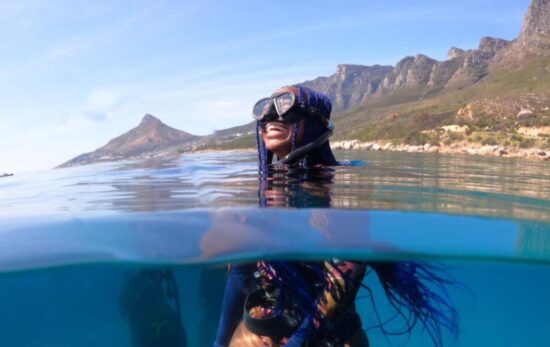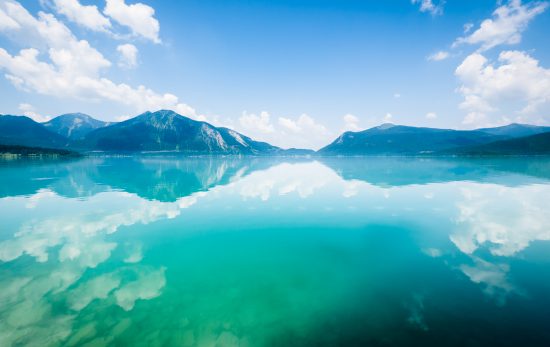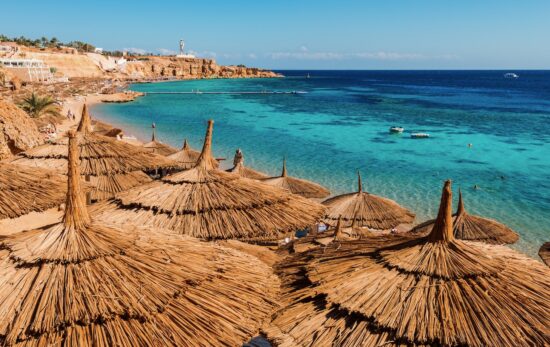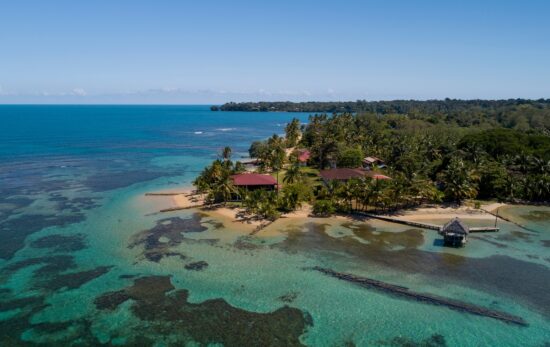Certain scuba spots around the planet are swarming with tourists. However, sometimes it can be nice to take a dive in which you and your pals are the only people on the scene. Far out in the ocean, these five untouched islands and archipelagos are as far off the beaten path as it gets. Some are completely uninhabited, others, barely so. Take the scuba diving adventure you’ve always dreamed of, truly getting away from it all.
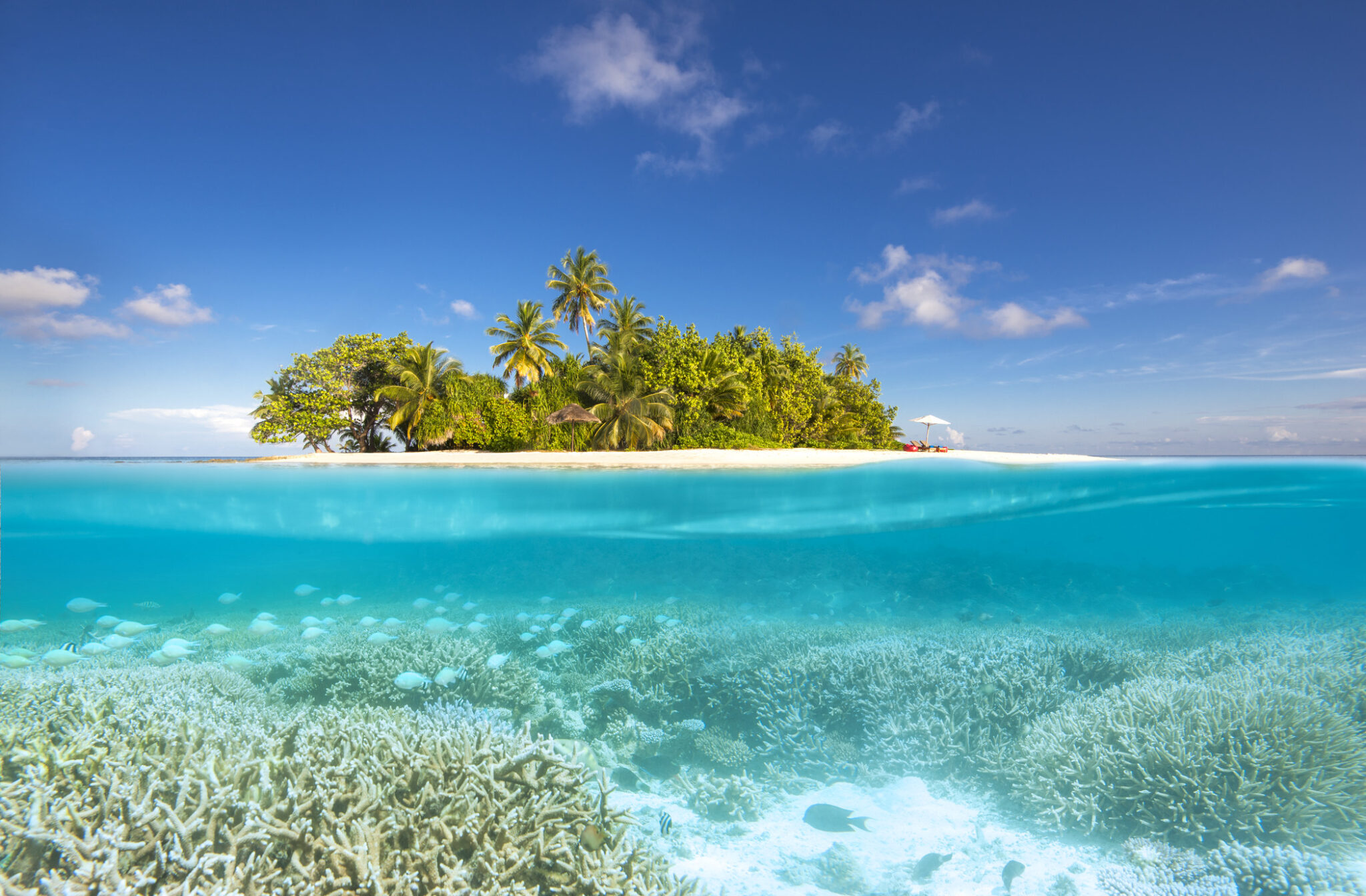
There are Still Unspoiled Islands?
Indeed, there are. It takes a little looking to find them, though. You won’t spot them on a general search online, you’ll have to know what you’re looking for. Usually, but not always, islands that are so far off the grid require you to find your own source of transportation to make your way there. You have a couple of options, as far as this is concerned. You can A) Own a seafaring vessel (or make a friend), B) Charter a boat, C) Enjoy some time on a liveaboard, or D) Partake in a scientific expedition.
Different options apply to different destinations, so do some research and broaden your horizons. You may just land an unbelievable gig that will take you to the far flung locale you’ve been lusting after. Let’s count town the five untouched islands you’d be lucky to see in your lifetime.
Pristine Untouched Islands – Our Top Five
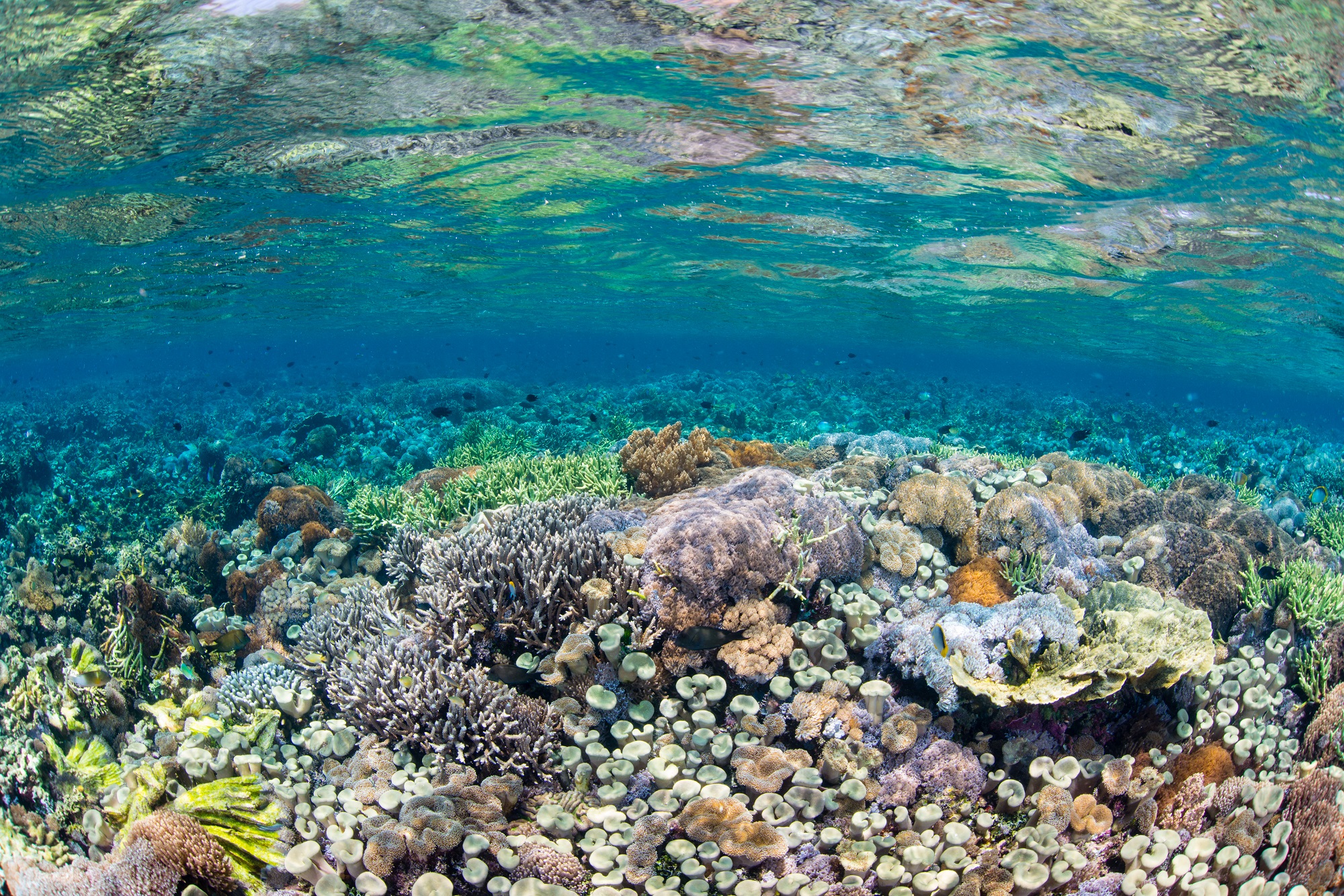
5. Remote Indonesian Isles
Indonesia is a vast country, spreading out over thousands of miles , a part of the endlessly impressive Coral Triangle. This exceptionally long coastline withholds around 20% of the world’s coral reefs, so it’s easy to see why people from around the world flock to Indonesia to get some dives in. There’s more to this massive expanse of islands than Bali and the Komodo Islands (though you shouldn’t miss out on some dives, there, too). There are hundreds upon hundreds of off the grid, remote islands to sink your teeth into.
To get to some of these far flung locales, you’ll either need to charter a boat or partake in a liveaboard cruise. This is especially true if you want to venture to the Raja Ampat Islands, over 1,500 small islands where scuba diving opportunities abound. The height of biodiversity is reached in these waters, and you are certain to see a fantastic array of species. The coral colonies here are tremendous, colorful, and healthy.
The Togian Islands are also largely unexplored, giving you the feeling that you are seeing one of the world’s last frontiers. You are likely to run across whale sharks and hawksbill turtles, if you come during their annual migrations.
Protected as a National Park, the Wakatobi Islands are a first-rate place to get your feet wet. Newly designated as a park, the diving here is just getting going, giving you a chance to be one of the first to check it out first hand.
Check out Maratua, an island that boasts a huge lagoon to explore, as well as its fair share of hammerhead sharks and mola mola. The resorts on the island are top of the line, giving you a luxurious place to get away from it all.
Come during the dry season which runs from April through December, though diving is excellent any time of the year. You can expect stellar
visibility throughout the year.
Make it here by flight or by boat, probably into Java or Bali. Heading out from the main cities, you won’t find many busses to take you from place to place. Boats are the vehicles of choice, taxing visitors to any number of islands. To get around smaller towns, go for the “dokar” a horse-drawn cart with tinkling bells and bright paint jobs.
4. Tokelau
Tropical, isolated Tokelau is a romantic island destination far out in the Pacific Ocean. The three coral atolls that make up the country are ripe for exploration, boasting incredible reef systems and shallow, comfortable diving. The nation is a territory of New Zealand, and the roughly 1,500 inhabitants have come to the islands only recently, relatively, sometime around the mid-1800’s.
The three atolls are called Atafu, Nukunonu, and Fakaofo. Each of the atolls are small rings of land which surround crystalline lagoons. Atafu is the smallest of the three islands, home to fishermen and craftsmen. Nukunonu is the largest atoll and the most easily accessible to tourists as there is a resort and a couple of hotels to indulge in. Fakaofo’s claim to fame are its notorious fishing pigs, playful creatures that swim between the small islets to forage and shelter, snatching up morsels as they swim by.
If you plan on diving, you are in for a rare treat. Each of the lagoons within the islands’ walls have fantastic visibility and a variety of marine life. There are even pinnacles of coral within Nukunonu’s lagoon. There is a catch, however: There are no established dive shops on the islands, so you’ll have to bring your own gear or arrange a rental from New Zealand or from a nearby island. But as they say, where there’s a will there’s a way, so your dedication will certainly be rewarded.
Getting to Tokelau takes a bit of work, but your efforts are well worth it. There are no airports on the islands, and once you arrive you will see why. There’s simply no space for them! The only way to get to the atolls is by ferry. There is a regular ferry that runs between Apia in Samoa and Nukunonu. Small local boats are the best way to get between the atolls.
Once on the islands, getting around is easy: You literally can’t get lost. It’s just a big circle! The atolls are so small you’ll probably just walk everywhere, though bikes are available for rental.
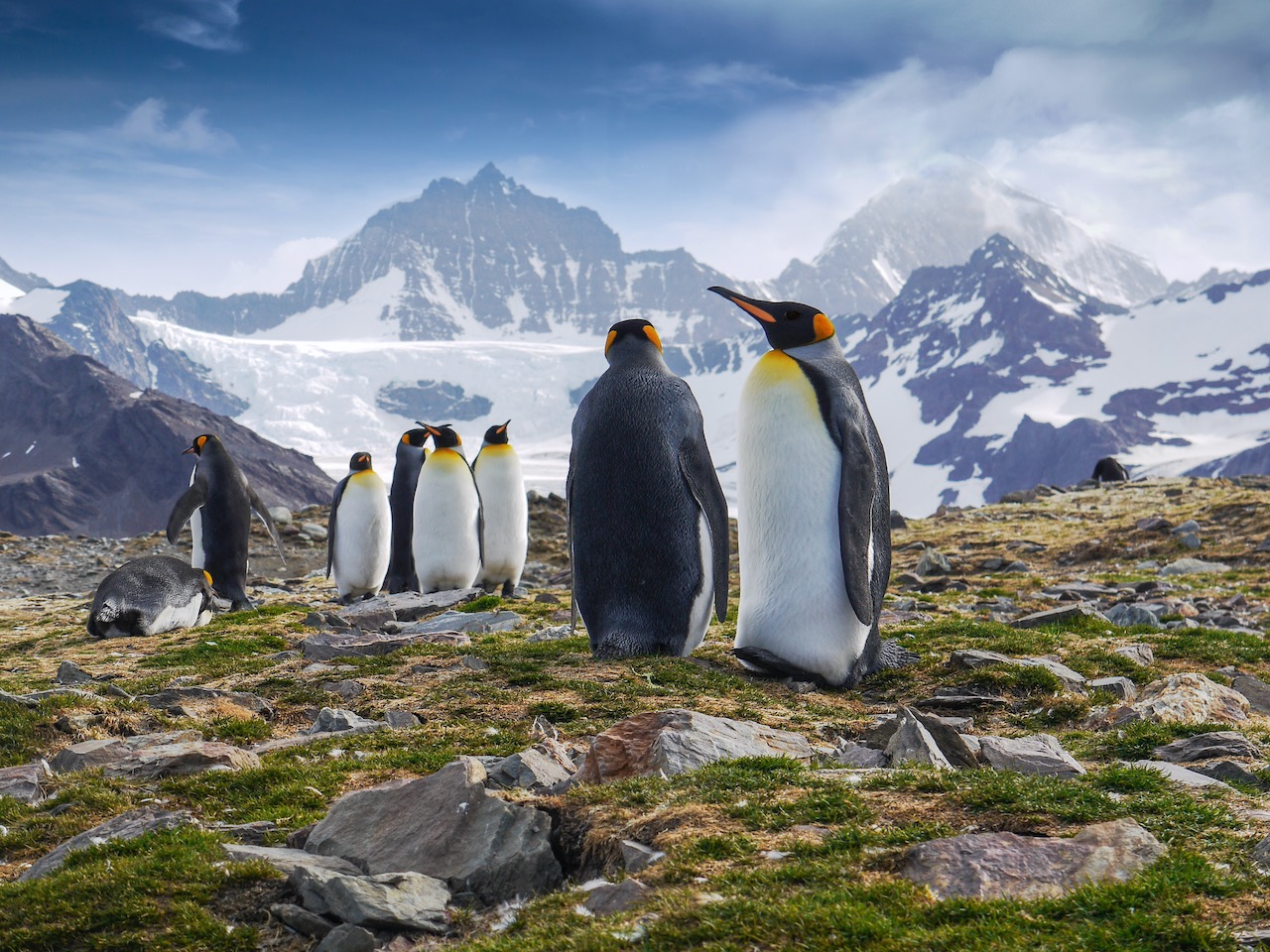
3. South Georgia and the South Sandwich Islands
For one of the best cold water diving experiences to be had, visit the untouched islands of South Georgia and the South Sandwich Islands. Freezing and inhospitable, this is the land of huddled penguins and blubbery seals. If you’ve ever fantasized about swimming beside glistening blue icebergs, this is your place. There are treacherous caverns to discover and up close animal interactions to be had during a drysuit dive in these waters that remain just above freezing.
Found mere miles from Antarctica, these islands were originally used as the headquarters for sealing and whaling operations. Because of their wildness, there was no native population to be found, giving the British free reign to run the islands as they saw fit. Grytviken was formed on South Georgia, where a whale processing factory and small community was created. Whaling commenced here until 1965.
You can still visit the facility, today, as well as the small museum found in Grytviken. No one lives permanently on the islands, and the museum staff and various scientists stay for only a couple of weeks or months at a time, weather permitting.
Various tours and liveaboards can take you to South Georgia and the South Sandwich Islands, as there are no airports on any of the islands. The only access is via a long, arduous sea voyage. Your expedition will take every care to make you comfortable, but the Southern Ocean can be a wicked mistress. The only time it is feasible to visit the islands is from November through March. Book a tour through a dive shop on the Falkland Islands for the closest, most reliable accommodation.
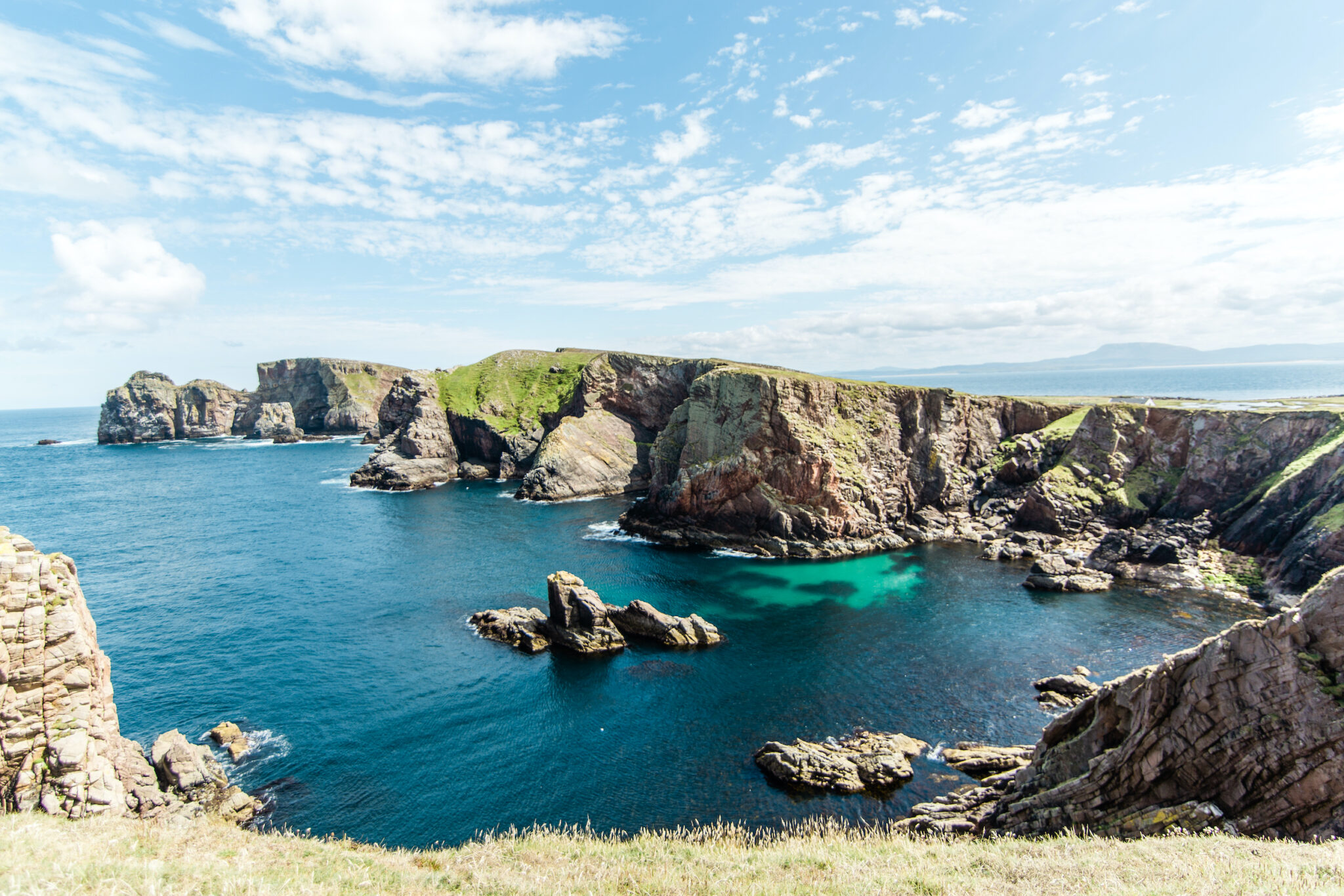
2. Untouched Islands Off Senegal
Several windswept untouched islands dot the horizon of Senegal’s beaches, all of which offer ample scuba diving adventures. N’Gor Island, the Madeleine Islands, and Goreé Island are all points of interest for divers of all experience levels.
N’Gor Island is a favorite among visitors. It is one of the only inhabited islands off the shore of Senegal. Here, massive sea cliffs mirror themselves beneath the water, making for excellent wall dives.
The uninhabited Madeleine Islands are designated as a National Park (the smallest in the world), and were once the home to Stone Age humans. The largest island is Sarpan, where you can find incredibly rare species of birds and fish, alike.
Wreck divers will be blown away by Goreé Island, where a graveyard of shipwrecks can be found. Known as Cemetery M’Baoe, there are more than 100 shipwrecks scattered across the shoals. The most famous is the Tacoma Wreck, renowned for its impressive wildlife.
The islands of Senegal have tumultuous pasts, especially Goreé, which was one of the largest ports for slave traders during those dark days. Today, the islands are primarily viewed from beneath the surface of the water, as scuba diving has taken over in popularity.
To get to the islands, you’ll first need to get to Senegal. Flying in to the capital is probably your best option. To make it around, take a “sept-place,” taxis that can get you just about anywhere you want to go.
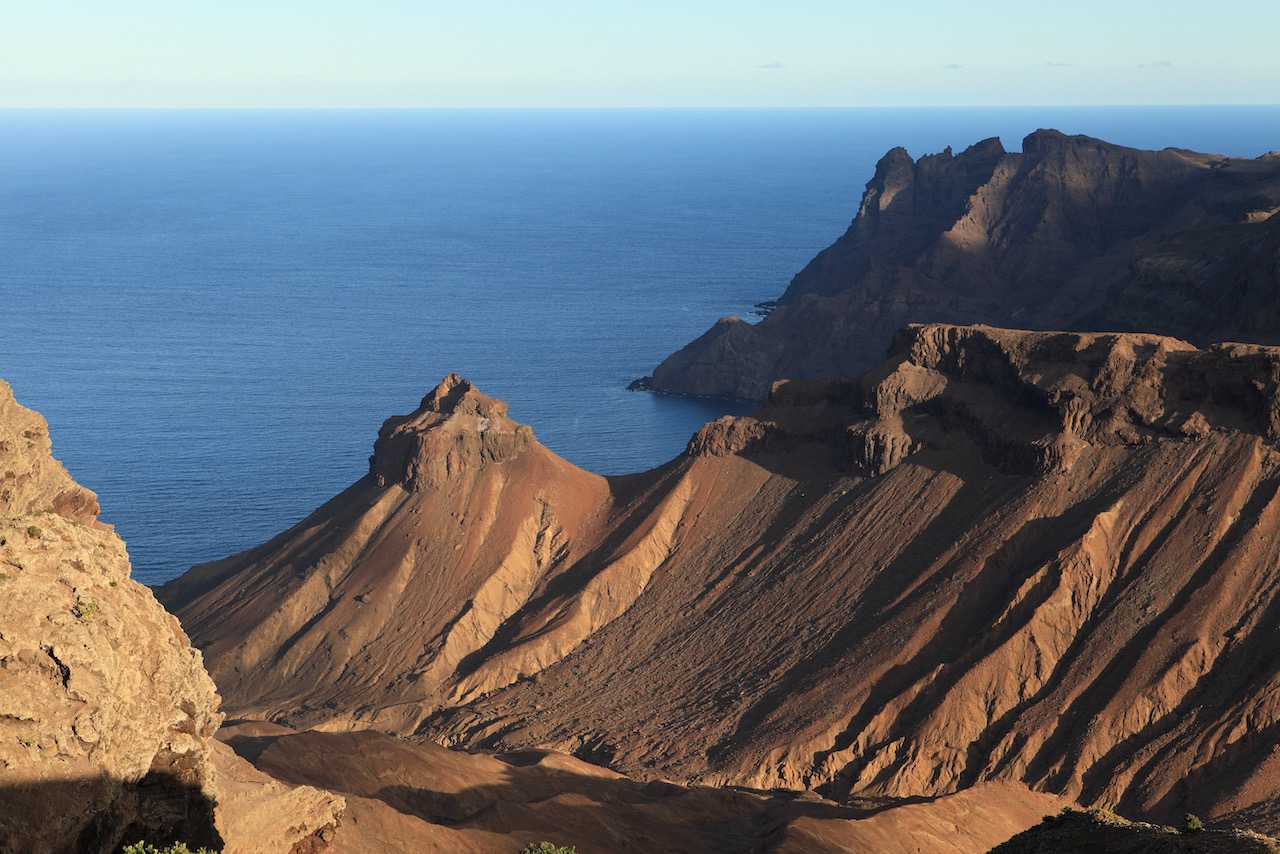
1. Saint Helena
Known as the most remote island in the world, Saint Helena is as beautiful and untouched. The island is 2500 miles (4000 kilometers) away from any other land, and is as isolated as it comes, far, far out in the South Atlantic. It wasn’t discovered until 1502, when the Portuguese happened upon it during their travels. They found it completely uninhabited, with fertile soil and fresh water.
Though there aren’t many people on the island (only around 4,500) you’ll find them to be a unique, independent culture, descendants of settlers and the slaves that were brought to the island long ago. There are dive shops on the island, though, so never fear that your long trip will be in vain.
The best dives around the main island of Saint Helena are two impressive wrecks, the Dark Dale and the Papanui. Dark Dale, an old WWII vessel, hosts large fish like grouper, and sometimes you may get lucky enough to see a whale or two swim by. Papanui is found in shallow water, a coal ship that makes for excellent photographs, sunk in 1911. This also makes a great place to get your wreck diving certification.
The rocky reefs and outcroppings make for tremendous places to see some of Saint Helena’s exclusive endemic marine life. The Saint Helena pufferfish may make an appearance, as well as the ever elusive whale shark. Lobsters, eels, and crayfish hide in the countless crevices. Long Ledge is a popular rocky diving site where you can check out all of your favorite creatures.
With warm water throughout the year, you really can’t go wrong in planning your trip. June and July are the wettest months, though, so avoid coming during this time as river runoff can make the water cloudy.
Admittedly, to get to Saint Helena it takes a massive trek. There are no airports on the island, so the only way to make it to this dreamscape if via boat. Unless you have your own vessel you’ll come on the RMS Helena departing a couple of times a week from Cape Town, South Africa. A fairly expensive ride over rough seas, bear in mind when buying your ticket that all food and lodging is included during your journey, which is a top of the line affair. Once you make it to the island the bite out of your checkbook will be a distant memory, as gorgeous seas await you.
Is your wanderlust rampant, yet?
Any of these untouched islands is sure to make for an unforgettable trip, and some are more accessible than others.
Ready to plan your trip? Visit PADI Travel for the best deals on dive resorts and liveaboards.
This blog was originally written by Bridget Pearson and published on the Diviac Magazine.
